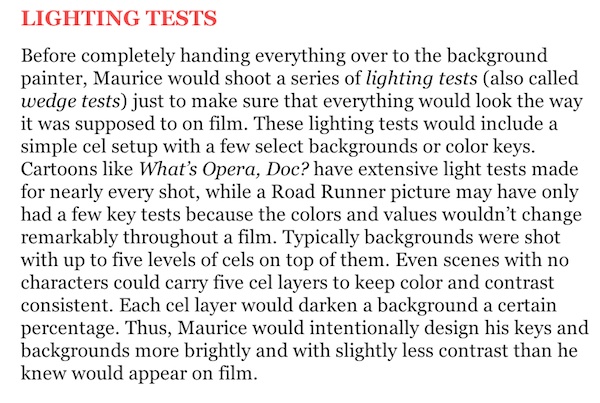haineshisway
Senior HTF Member
The muted timing for three-strip Tech in the 30s sounds absolutely right to me. It's later, especially in the 50s when color got accurate to what was being shot. I've had many IB prints from the 50s and the colors are always quite true.






